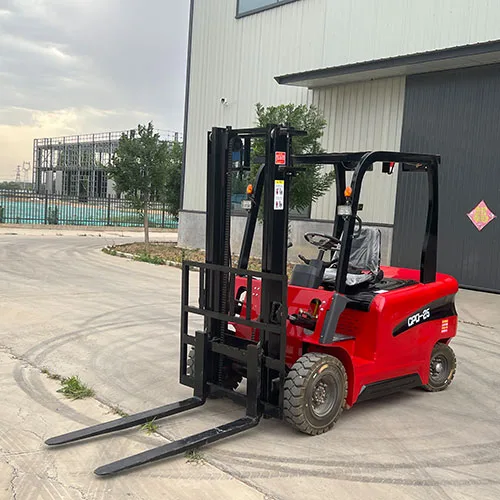Welcome to My Blog!
Before we dive into the content, I’d love for you to join me on my social media platforms where I share more insights, engage with the community, and post updates. Here’s how you can connect with me:
Facebook:https://www.facebook.com/people/Shandong-Huaying-International-Trade-CoLtd/61569380364327/
Now, let’s get started on our journey together. I hope you find the content here insightful, engaging, and valuable.
Table of Contents
Introduction
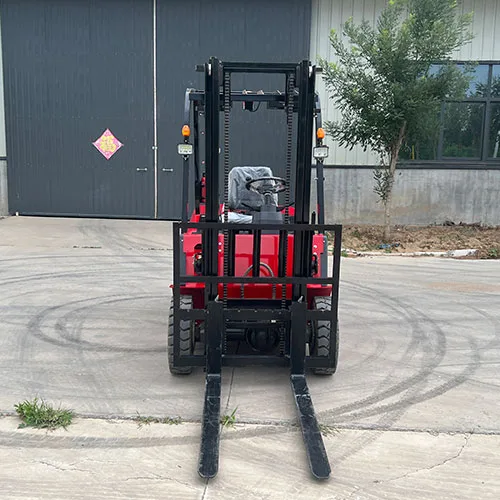
In today’s fast-paced industrial landscape, efficiency and sustainability are paramount. Businesses across various sectors are increasingly turning to electric powered forklifts as a reliable and eco-friendly solution for material handling. Unlike their internal combustion engine counterparts, electric powered forklifts offer numerous advantages, including reduced emissions, lower operating costs, and quieter operation. However, selecting the right electric powered forklift for your specific needs can be a complex process. This comprehensive guide aims to simplify that process, providing you with the essential information you need to make an informed decision. We will delve into various factors, from load capacity and lift height to battery types and maintenance considerations, ensuring you choose the perfect electric powered forklift to optimize your operations.
Understanding Your Needs: Key Factors for Electric Powered Forklift Selection
Before diving into specific models and features, it’s crucial to thoroughly assess your operational requirements. This will help narrow down your options and ensure you invest in an electric forklift that perfectly aligns with your needs. Here are some key factors to consider:
Load Capacity and Lift Height for Electric Forklifts
- Load Capacity: This refers to the maximum weight the electric forklift can safely lift. It’s essential to accurately determine the weight of your heaviest loads to avoid overloading, which can lead to accidents and equipment damage. Always choose an electric forklift with a load capacity that exceeds your typical load weight to provide a safety margin.
- Lift Height: This specifies how high the electric forklift can raise its forks. Consider the height of your highest storage racks or loading docks to ensure the forklift can reach the necessary elevation.
Operating Environment and Electric Forklift Usage
- Indoor vs. Outdoor Operation: Electric forklifts are generally ideal for indoor use due to their zero emissions. However, some models are designed for outdoor applications, featuring weather protection and robust tires. Consider the terrain and weather conditions of your operating environment.
- Aisle Widths and Maneuverability: If you operate in tight spaces, consider the turning radius and overall dimensions of the electric forklift. Three-wheel electric forklifts generally offer better maneuverability in narrow aisles.
- Duty Cycle and Usage Frequency: How often will the electric forklift be used? For continuous, heavy-duty applications, consider models with higher battery capacities and robust components.
Exploring Different Types of Electric Powered Forklifts
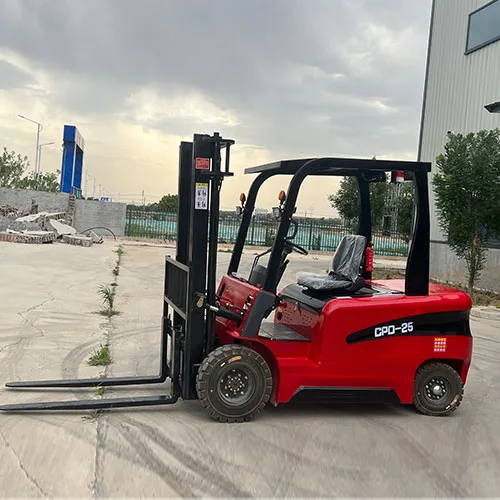
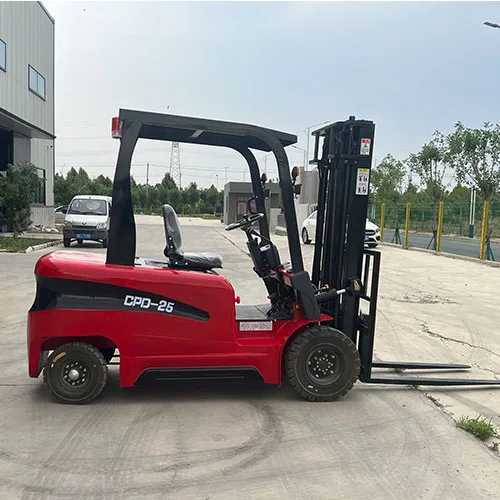
The world of electric powered forklifts encompasses a diverse range of models, each designed for specific applications. Understanding these different types is essential for choosing the right one for your operation.
Electric Counterbalance Forklifts: A Versatile Choice
Electric counterbalance forklifts are the most common type, featuring a counterweight at the rear to balance the load. They are versatile and suitable for various applications, including loading/unloading trucks, moving pallets, and stacking goods.
Electric Reach Trucks: Optimizing Warehouse Space
Electric reach trucks are designed for high-density warehousing, allowing for narrow aisle operation and high stacking capabilities. They feature outriggers and a pantograph mechanism that extends the forks forward, enabling access to deep racking systems.
Electric Pallet Jacks and Stackers: Efficient Material Handling
Electric pallet jacks are ideal for horizontal movement of pallets, while electric stackers can also lift pallets to moderate heights. These are suitable for smaller warehouses, retail environments, and light-duty applications.
Powering Your Electric Powered Forklift: Battery Types and Charging
The battery is the heart of any electric powered forklift. Understanding different battery types and charging options is crucial for maximizing uptime and minimizing operational costs.
Lead-Acid Batteries: A Traditional Power Source for Electric Forklifts
Lead-acid batteries are the traditional choice for electric forklifts. They are relatively affordable but require regular maintenance, including watering and equalization charging.
Lithium-Ion Batteries: The Future of Electric Forklift Power
Lithium-ion batteries are rapidly gaining popularity due to their numerous advantages, including faster charging times, longer lifespan, and zero maintenance requirements. While they have a higher upfront cost, their long-term benefits often outweigh the initial investment.
Battery Charging Infrastructure and Considerations for Electric Forklifts
Consider your charging infrastructure and the time required for charging. Fast charging systems can significantly reduce downtime, especially for operations with continuous usage.
Maintenance and Service for Electric Powered Forklifts
Regular maintenance is essential for ensuring the longevity and optimal performance of your electric powered forklift.
Preventative Maintenance for Electric Forklifts
Implementing a preventative maintenance schedule can help identify potential issues early on, preventing costly breakdowns and extending the lifespan of your equipment. This includes regular inspections, lubrication, and battery maintenance.
Professional Service and Support for Electric Forklifts
Partnering with a reputable service provider can ensure access to expert technicians, genuine parts, and timely support. This is crucial for minimizing downtime and maximizing the return on your investment.
Cost Analysis: Evaluating the Total Cost of Ownership of Electric Powered Forklifts
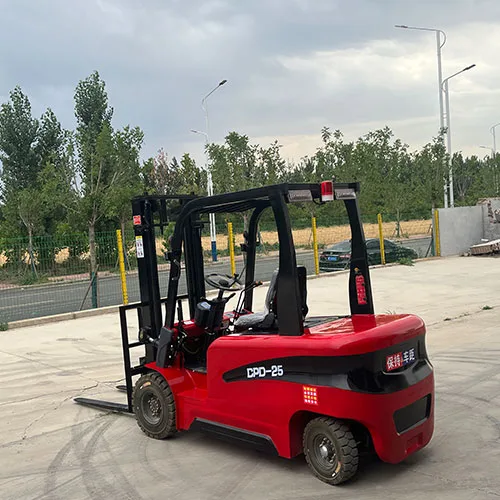
When choosing an electric powered forklift, it’s essential to consider the total cost of ownership (TCO), which includes not only the purchase price but also operating costs, maintenance expenses, and battery replacement costs.
| Cost Component | Description |
|---|---|
| Purchase Price | The initial cost of the electric powered forklift. |
| Battery Cost | The cost of the battery, which can vary significantly depending on the type and capacity. |
| Charging Infrastructure Cost | The cost of installing and maintaining the charging infrastructure, including charging stations and electrical upgrades. |
| Electricity Costs | The ongoing cost of electricity to charge the battery. |
| Maintenance Costs | The cost of regular maintenance, including inspections, lubrication, and repairs. |
| Replacement Parts Costs | The cost of replacing worn or damaged parts. |
| Downtime Costs | The cost associated with equipment downtime, including lost productivity and potential delays. |
| Resale Value | The potential resale value of the electric powered forklift at the end of its useful life. |
| Environmental Benefits | The cost savings associated with reduced emissions and environmental impact. While hard to quantify directly, these benefits can contribute to a positive brand image and potential tax incentives. Electric powered forklifts contribute to a greener footprint, reducing your company’s impact on the environment and aligning with sustainability goals. |
By carefully considering these factors, you can make a well-informed decision and choose an electric powered forklift that provides the best value for your business.
Conclusion
Choosing the right electric powered forklift is a significant investment that can significantly impact your operational efficiency and bottom line. By carefully considering the factors discussed in this guide, including load capacity, lift height, operating environment, battery type, maintenance requirements, and total cost of ownership, you can make an informed decision and select the perfect electric powered forklift to meet your specific needs. Remember to prioritize safety, reliability, and long-term value when making your final choice. Electric powered forklifts offer a compelling combination of performance, sustainability, and cost-effectiveness, making them a smart choice for businesses looking to optimize their material handling operations.
FAQ
What are the main advantages of electric powered forklifts over internal combustion engine forklifts?
Electric powered forklifts offer several advantages, including zero emissions, lower operating costs, quieter operation, and reduced maintenance requirements.
How long do electric powered forklift batteries last?
The lifespan of an electric powered forklift battery depends on various factors, including the battery type, usage frequency, and maintenance practices. Lead-acid batteries typically last 3-5 years, while lithium-ion batteries can last 8-10 years or more.
How long does it take to charge an electric powered forklift battery?
Charging time varies depending on the battery type and charger. Lead-acid batteries typically require 8-12 hours for a full charge, while lithium-ion batteries can be fully charged in 1-2 hours with fast charging systems.
Are electric powered forklifts suitable for outdoor use?
While most electric powered forklifts are designed for indoor use, some models are specifically designed for outdoor applications, featuring weather protection and robust tires.
Are electric powered forklifts more expensive than internal combustion engine forklifts?
The initial purchase price of electric powered forklifts can be higher than internal combustion engine forklifts. However, lower operating and maintenance costs often result in a lower total cost of ownership over the lifespan of the equipment.

